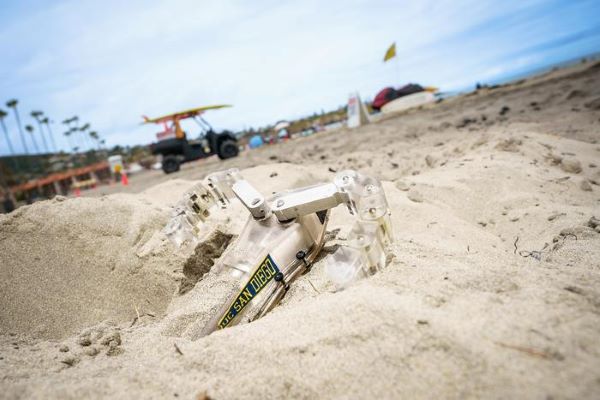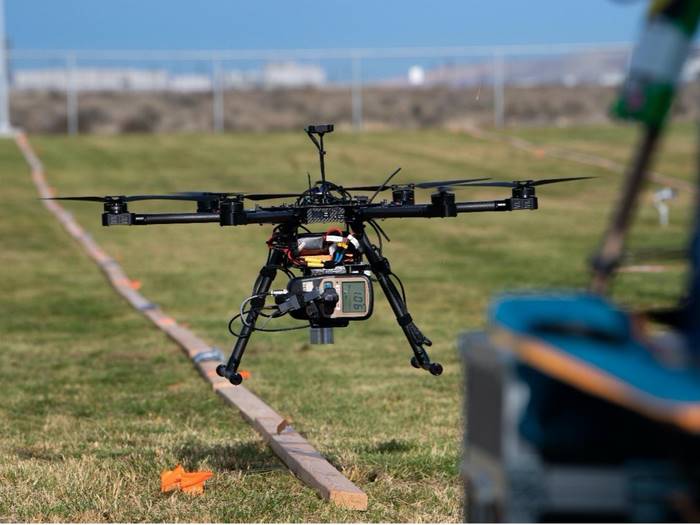With two front limbs designed to emulate the flippers of turtle hatchlings, this remarkable robot possesses the ability to navigate underwater in the sand and extricate itself from challenging situations. It stands as the sole robot capable of traversing at a depth of 5 inches beneath the sandy terrain, moving at a steady pace of 1.2 millimeters per second, equivalent to about 4 meters or 13 feet per hour.
While this might seem slow, it remains comparable to the locomotion of subterranean creatures such as worms and clams.
To enhance its effectiveness, the robot is equipped with force sensors at the tips of its limbs, enabling it to identify obstacles while in motion. Furthermore, the robot operates wirelessly, untethered and controlled via WiFi.
However, moving through sand presents a host of challenges for robots compared to those that navigate air or water. The heightened forces involved and the vulnerability to damage make it a demanding environment.
Nevertheless, the benefits of mastering locomotion in sand are vast, encompassing grain silo inspections, soil contaminant measurements, seafloor digging, extraterrestrial exploration, and search and rescue missions.
The creation of this groundbreaking robot was the culmination of numerous experiments conducted by a team of roboticists at the University of California San Diego, driven by the desire to comprehend sand and its navigational peculiarities. The unique properties of sand, including the friction between its grains leading to substantial forces, the difficulty in sensing obstacles, and its dual behavior as both liquid and solid, posed considerable challenges.
Inspiration for the robot’s design emerged from studying animals adept at sand travel. After evaluating various options, the team settled on sea turtle hatchlings due to their front fins, which facilitated their ascent to the surface upon hatching. These turtle-like flippers not only generate significant propulsive forces but also allow for precise steering and obstacle detection.
Despite their achievement, the scientific community still seeks a comprehensive understanding of how robots with flipper-like appendages maneuver within sand. Through extensive simulations and testing, the research team at UC San Diego eventually arrived at a design featuring a tapered body and a shovel-shaped nose, which significantly improved the robot’s performance and efficiency in sandy environments.
- EUREKALERT







